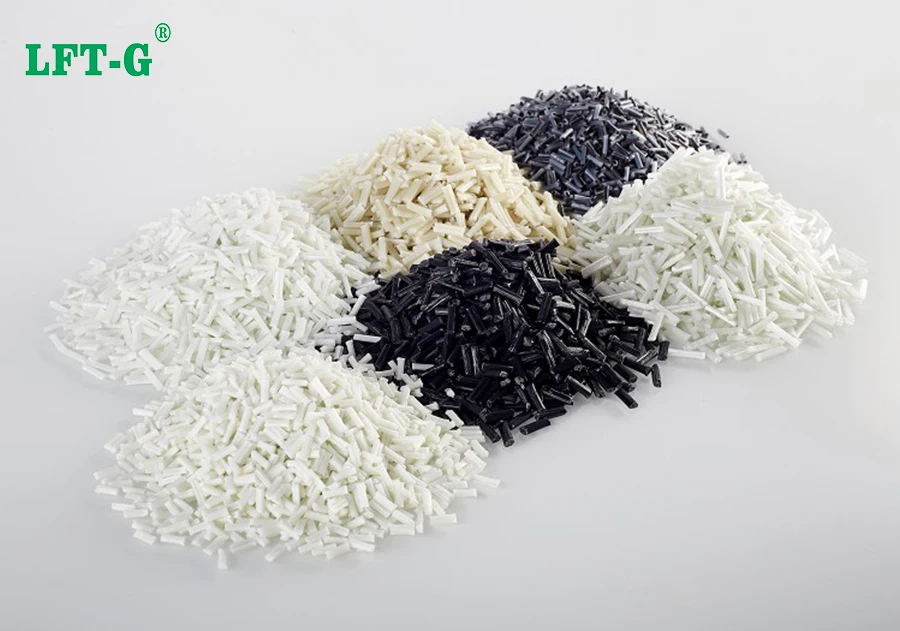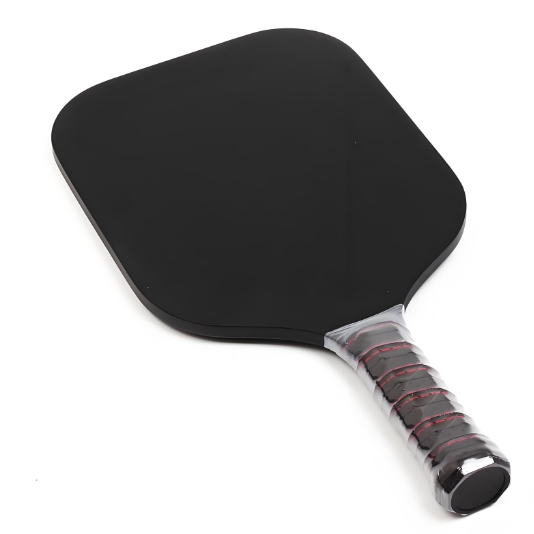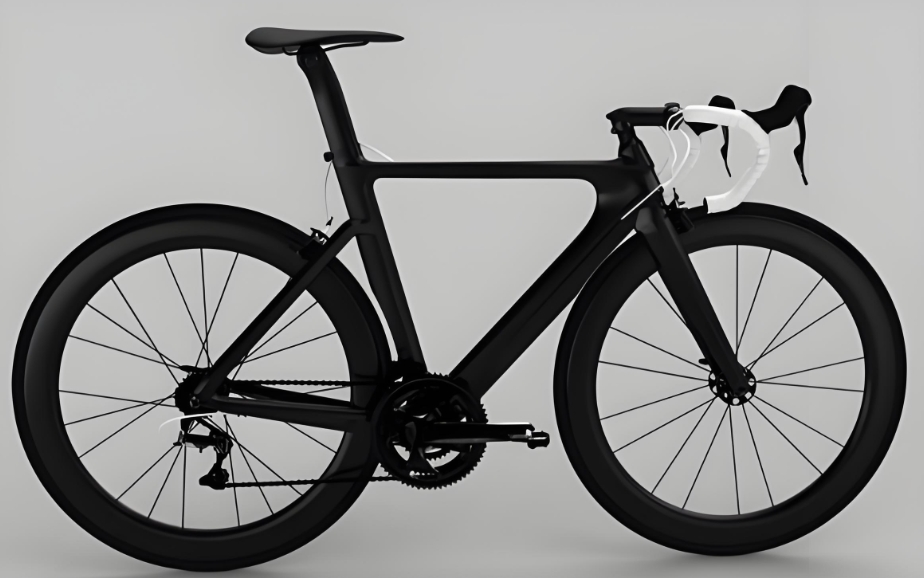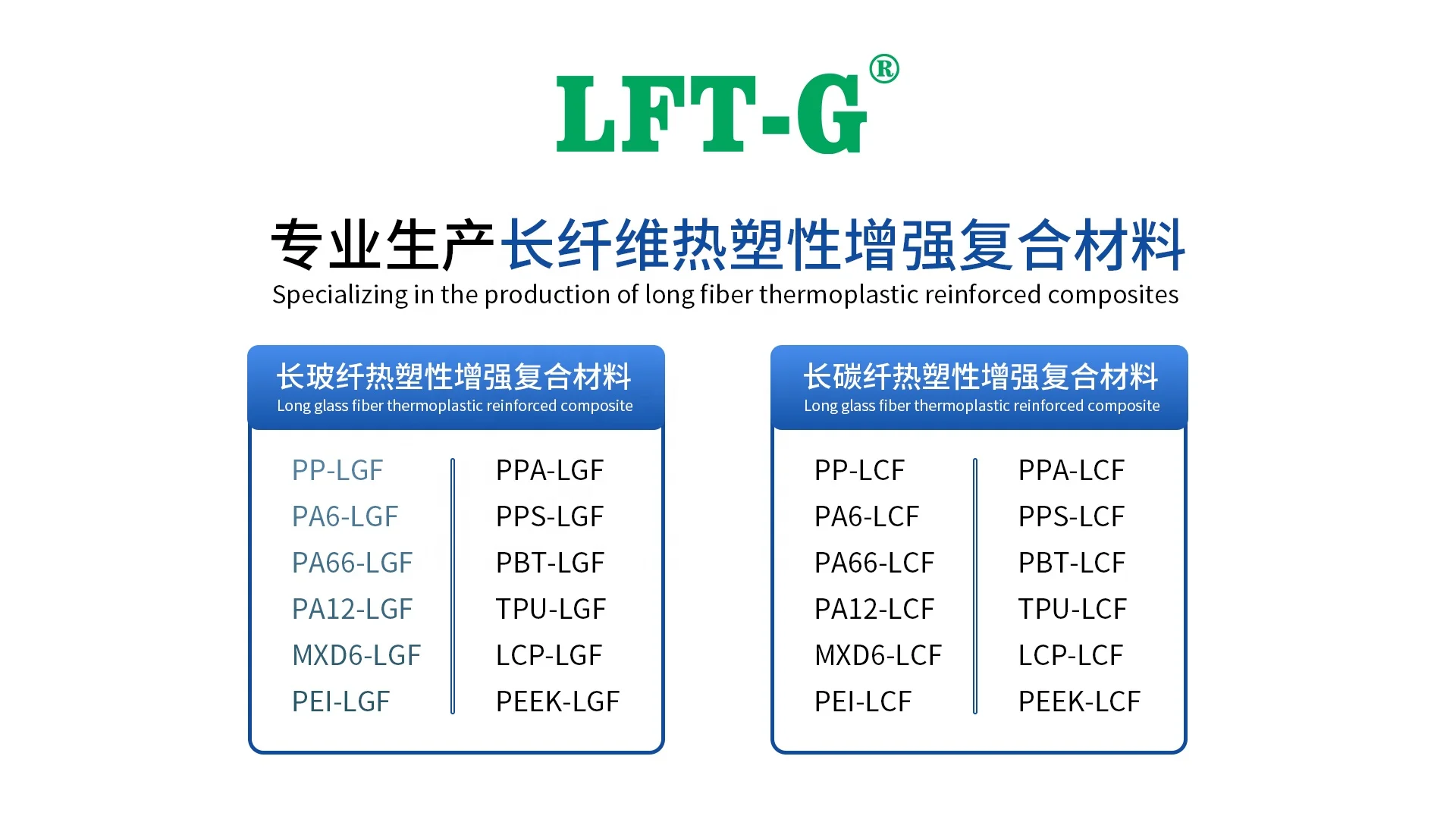novo blog

1. Introdução
O tamanho do mercado e a variedade de equipamentos esportivos continuam a se expandir, proporcionando mais opções para a saúde e a vida recreativa das pessoas. Ao mesmo tempo, a pesquisa e a aplicação de materiais compósitos também fizeram progressos notáveis, trazendo inovação e avanços para todas as esferas da vida.
Na intersecção desses dois campos, torna-se um importante tópico de pesquisa explorar a demanda e a tendência de materiais compósitos para equipamentos esportivos.
À medida que o entusiasmo das pessoas pelos esportes e pelo condicionamento físico continua a aumentar, a demanda por equipamentos esportivos mostra uma tendência diversificada e personalizada. Desde equipamentos de treinamento aeróbico tradicionais até equipamentos de fitness inteligentes de alta tecnologia, uma grande variedade de produtos surgiu no mercado.
No entanto, com a contínua evolução e inovação dos equipamentos esportivos, os requisitos de desempenho dos materiais também estão aumentando.
Ao mesmo tempo, a pesquisa e aplicação de materiais compósitos fizeram grandes progressos. Os materiais compósitos têm sido amplamente preocupados por suas excelentes propriedades, diversas funções e amplos campos de aplicação. De materiais compósitos de alta resistência a nanomateriais leves, de elastômeros flexíveis a materiais anticorrosivos resistentes ao desgaste, novos materiais químicos trouxeram inovações e avanços revolucionários para todas as esferas da vida.
Neste artigo, o potencial e as perspectivas de aplicação de materiais compósitos no atendimento aos requisitos de leveza, alta resistência, resistência ao desgaste e durabilidade de equipamentos esportivos são discutidos em profundidade, de modo a fornecer à indústria uma compreensão abrangente da demanda. e tendências de materiais compósitos para equipamentos esportivos e fornecem referências úteis para futuras pesquisas e desenvolvimento.

2. Análise de demanda de equipamentos esportivos para materiais compósitos
2.1 Demanda por materiais leves e de alta resistência para equipamentos esportivos
O peso do equipamento esportivo é crucial para o transporte e manuseio dos atletas.
Equipamentos mais leves podem reduzir a carga dos atletas e melhorar sua mobilidade e flexibilidade, resultando em melhor desempenho nas competições.
Para longos períodos de treinamento esportivo e competição, equipamentos mais leves podem reduzir a fadiga e aumentar o conforto, melhorando a resistência dos atletas.
Além disso, como os equipamentos esportivos podem suportar maiores forças e choques quando submetidos a atividades esportivas, há uma grande demanda por materiais com alta resistência e durabilidade.
Materiais de alta resistência podem suportar maiores cargas e tensões, reduzindo o risco de deformação e quebra do equipamento, melhorando assim a confiabilidade e a vida útil do equipamento.
2.1.1 Casos de aplicação
Um compósito de alto desempenho é um material leve que consiste em uma combinação de dois ou mais tipos diferentes de materiais. Os compósitos comuns incluem polímero reforçado com fibra de carbono (CFRP) e polímero reforçado com fibra de vidro (GFRP).
Esses materiais possuem excelente resistência e rigidez, além de serem leves, e são amplamente utilizados na fabricação de equipamentos esportivos de alto desempenho, como tacos de golfe, quadros de bicicletas e pranchas de snowboard.
Raquetes de tênis, raquetes de badminton e raquetes de tênis de mesa feitas de materiais compósitos epóxi reforçados com fibra de carbono são leves e pequenas em tensão rígida, o que pode reduzir o desvio do tempo de contato entre a bola e o raquete. Ao mesmo tempo, um bom amortecimento ajuda a prolongar o tempo de contato entre o jogador e a bola, para que a bola que bate obtenha maior aceleração.
Estudos relevantes mostram que o tempo de contato entre a raquete de tênis e a bola feita de material compósito epóxi reforçado com fibra de carbono chega a 4,9 ms, quase 1 ms maior que o da raquete de aço, de modo que a velocidade inicial máxima da bola de tênis pode atingir 161 km/h, quase 16 km/h mais alto que a raquete de aço. Desta forma, os tenistas podem obter resultados desportivos mais excelentes. Além disso, a aplicação de materiais compósitos melhora significativamente a vida útil e a durabilidade da raquete.
2.2 Demanda por materiais duráveis e resistentes ao desgaste para equipamentos esportivos
Os equipamentos esportivos frequentemente entram em contato com superfícies como o solo, quadras e estradas durante o uso, por isso a demanda por materiais resistentes ao desgaste é alta.
Materiais resistentes ao desgaste podem resistir efetivamente ao atrito e ao desgaste, prolongar a vida útil do equipamento e manter a estabilidade de sua aparência e desempenho.
Além disso, os equipamentos esportivos estão sujeitos a choques, tensões e deformações frequentes durante o treinamento e a competição, por isso a demanda por materiais duráveis é alta.
Materiais duráveis podem suportar grandes forças e choques, reduzindo o risco de deformação, quebra e quebra do equipamento, prolongando assim a vida útil do equipamento e melhorando sua confiabilidade.
2.2.1 Casos de aplicação
Polímeros de alto desempenho com excelente resistência ao desgaste e durabilidade são amplamente utilizados na fabricação de equipamentos esportivos.
Os materiais de polietileno modificado são amplamente utilizados em equipamentos esportivos com bola e gelo aquático, ajudando a proteger a resistência ao impacto, a resistência ao calor e as propriedades de absorção de choque dos equipamentos esportivos, ao mesmo tempo que proporcionam uma boa experiência esportiva para garantir que os atletas estejam seguros e livres de lesões .
Compósitos avançados combinam as vantagens de diferentes materiais com alta resistência ao desgaste e durabilidade. Por exemplo, o material composto de tecido de fibra de carbono / resina epóxi CNT-PDA tem excelente resistência ao desgaste, pode manter excelentes propriedades hidrofóbicas após atrito e desgaste, mesmo se a fibra de carbono quebrar, o efeito de amortecimento do material de resina epóxi pode evitar a falha geral de o material; A presença de fibra de carbono também pode impedir que a rachadura da resina epóxi continue a se expandir, o que é uma vantagem rara na fabricação de equipamentos esportivos.

3. Análise de tendências de equipamentos esportivos em materiais compósitos
3.1 Impacto da inovação em equipamentos esportivos e do desenvolvimento tecnológico
A inovação tecnológica dos equipamentos esportivos tem desempenhado um papel na promoção e liderança na demanda por novos materiais.
Com a melhoria contínua da função dos equipamentos esportivos e a mudança nas necessidades dos usuários, os requisitos para as propriedades dos materiais também estão aumentando.
O desenvolvimento e aplicação de novos materiais podem atender às necessidades de uma nova geração de equipamentos esportivos, alcançando maior desempenho, melhor segurança e melhor experiência do usuário.
Ao mesmo tempo, o material composto de resina epóxi de fibra de carbono, no uso do processo, não volatilizará ou liberará substâncias tóxicas e nocivas, e a recuperação do material é conveniente, pode ser reciclada novamente, processamento e utilização, matérias-primas e produção e os custos de processamento não são altos e os benefícios econômicos são óbvios.
3.2 Perspectiva de aplicação de materiais compósitos na área de equipamentos esportivos
3.2.1 Influência do desenvolvimento e aplicação de materiais compósitos em equipamentos esportivos
O desenvolvimento e a aplicação de materiais compósitos tiveram um impacto revolucionário nos equipamentos esportivos.
Através da introdução de ciência avançada de materiais e tecnologia de engenharia, os equipamentos esportivos fizeram avanços significativos em termos de leveza, aumento de resistência, resistência ao impacto, resistência ao desgaste e resistência a altas temperaturas.
A aplicação de novos materiais leves torna os equipamentos esportivos mais leves e flexíveis, ao mesmo tempo que proporciona excelente resistência e rigidez.
Novos materiais, como materiais compósitos de fibra de carbono e polímeros de alta resistência, são amplamente utilizados na fabricação de bicicletas, tacos de golfe, pranchas de snowboard e outros equipamentos, melhorando significativamente o desempenho e o manuseio de equipamentos esportivos.
Com base na garantia do funcionamento dos equipamentos esportivos, a redução da qualidade dos materiais ajuda a reduzir o consumo de energia física dos atletas, reduzir a resistência ambiental e melhorar ainda mais o desempenho dos atletas. Por exemplo, cada redução de 1 kg na massa da bicicleta utilizada na corrida de ciclismo de estrada de 20 km pode melhorar o seu desempenho final em 20 a 30 segundos.
O desenvolvimento de materiais resistentes ao impacto melhorou significativamente a segurança dos equipamentos esportivos. Esportes como esqui, surf e futebol são frequentemente acompanhados por forças de impacto de alta intensidade, e novos materiais resistentes ao impacto, como materiais poliméricos, podem absorver e dispersar efetivamente as forças de impacto, o que pode proteger os atletas contra lesões.
Além disso, a aplicação de materiais resistentes ao calor permite que alguns equipamentos esportivos sejam utilizados em condições extremas, como esportes motorizados em ambientes de alta temperatura. Ao mesmo tempo, o desenvolvimento de materiais impermeáveis melhorou o desempenho dos equipamentos para esportes aquáticos e a aplicação de materiais resistentes ao desgaste prolongou a vida útil do equipamento.
Portanto, o desenvolvimento e aplicação de materiais compósitos para equipamentos esportivos trouxe leveza, melhoria de resistência, resistência ao impacto, resistência ao desgaste, resistência a altas temperaturas e outros avanços, melhorando o desempenho e a segurança dos equipamentos esportivos, proporcionando aos atletas melhor experiência e oportunidades de desempenho, e promover o desenvolvimento e o progresso na área do esporte.

3.2.2 Potenciais áreas de aplicação e oportunidades de materiais compósitos na fabricação de equipamentos esportivos
Os materiais compósitos têm uma ampla perspectiva de aplicação na área de equipamentos esportivos.
Através do desenvolvimento e aplicação de materiais compósitos, o desempenho, a segurança e o desempenho ambiental dos equipamentos esportivos podem ser melhorados.
Na fabricação de equipamentos esportivos, os materiais compósitos podem ser aplicados nas áreas de materiais leves, materiais flexíveis, materiais de alta resistência e materiais ecologicamente corretos para atender às necessidades dos usuários em termos de conforto, durabilidade, segurança e desempenho ambiental.
Essas áreas de aplicação e oportunidades impulsionarão a inovação e o desenvolvimento contínuos de materiais compósitos na área de equipamentos esportivos, alguns dos quais são analisados aqui.
Materiais leves são de grande importância na fabricação de equipamentos esportivos. O desenvolvimento de materiais compósitos pode fornecer materiais mais leves e resistentes para reduzir o peso do equipamento e melhorar a portabilidade e o conforto de uso. Materiais com alta flexibilidade e elasticidade também estão disponíveis para atender às necessidades de conforto e flexibilidade do usuário.
Materiais de alta resistência são cruciais na fabricação de equipamentos esportivos, aumentando a durabilidade e segurança dos equipamentos.
A pesquisa e o desenvolvimento de materiais compósitos podem fornecer materiais de alta resistência e alta tenacidade para atender aos requisitos de desempenho de fabricação de equipamentos antidesgaste, antiimpacto e outros equipamentos esportivos.
A aplicação de materiais ecológicos atende às exigências da sociedade para o desenvolvimento sustentável e a proteção ambiental. A pesquisa e o desenvolvimento de materiais compósitos podem fornecer materiais degradáveis, materiais recicláveis, materiais de baixa toxicidade, etc., para reduzir o impacto dos equipamentos esportivos no meio ambiente e atingir as metas de desenvolvimento sustentável.
